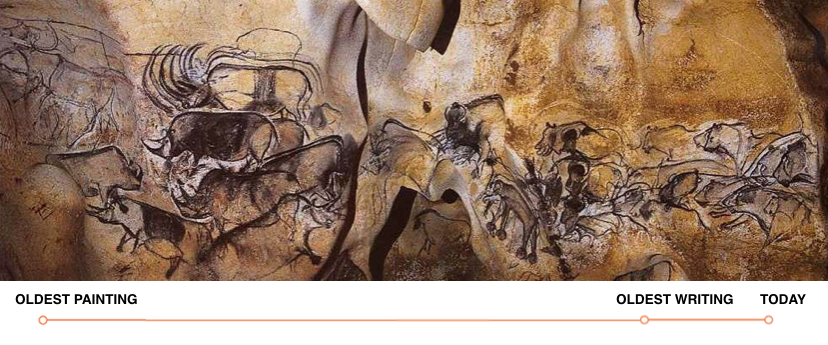
Video is highly engaging.
According to Forrester Research, employees are 75% more likely to watch a video than read documents, emails or web articles.
This is an outcome of evolution, whereby imagery is processed much more readily than text. Think about it, we have cave paintings dating back 50,000 years, while the oldest writing is only 5,000 years old.

By incorporating moving images, visual cues and animation we reinforce the content being communicated and can highlight key learnings, maximising recall and retention of information.
The Picture Superiority Effect clearly illustrates that words supported by images improve information retention by 650%, when compared solely to words.

Video enables self-paced, learner focused instruction.
Unlike live presentations, videos can be paused and replayed, allowing the learner to reflect on material or to carry out further research on concepts, at a speed that suits them. Learners can access training videos on-demand – at the time and place where they require the instruction.
Video ensures training materials are delivered with consistency so all learners take away shared key messages. This captured content also allows future employees to be easily and quickly brought up to speed with the rest of the team.
As Adam Zemunic, Senior Change Manager at ANZ comments, “We feel that video is extremely powerful as a learning mechanism… everybody has a video player in their pocket these days. Technology is getting quicker, faster and cheaper and organisations need to benefit from that.”
Video is an affordable method for delivery of training.
Cost is a commonly perceived barrier to using video for corporate learning. Today the cost per view associated with producing video content is far less compared to traditional trainer based classroom models.
The savings are even greater if there’s a large number of staff to train, or if they are dispersed across multiple locations, requiring travel for trainers and access to physical venues. With video, a centralised message can be created and utilised over a broad geographic area and over a long period of time.
Further, updates to video content can be more flexible and affordable than the cost of updating traditional collateral and physically sending trainers out onsite.
How can I incorporate video into my organisation’s training program?
Video can be used in multiple ways to enhance and deliver training programs, including:
- Providing a video introduction before a training session to prepare the participants
- Building libraries of video content for employees to refer to continuously
- Capturing live training presentations to give participants instant access to review the material
- Providing a follow up video viewed after the training session to ensure concepts are understood and reinforce key learnings
As Adam Zemunic advises, “You really need to look at the cost of video as an investment in your people. In particular look at the number of people that you’ve got that will be receiving content and calculate the per user cost.”
Watch the case study for how ANZ successfully used video to roll out their software training or talk to Burninghouse today about delivering your corporate training programs using video.